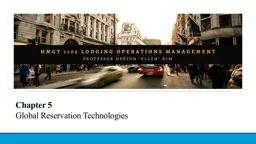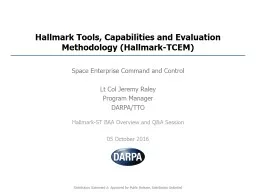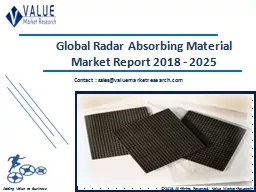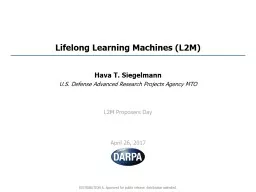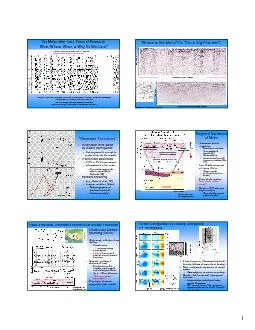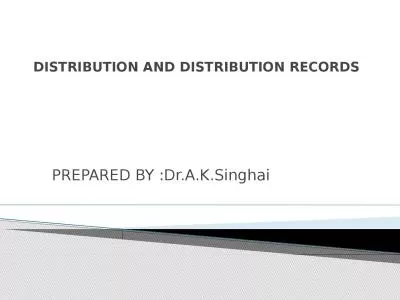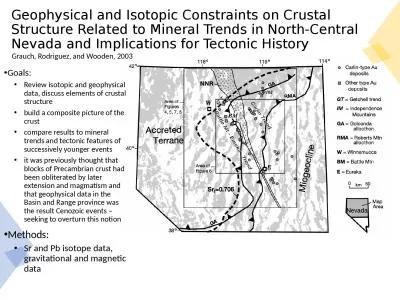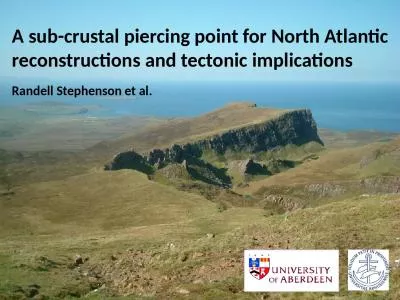PPT-Global Distribution of Crustal Material
Author : natalia-silvester | Published Date : 2016-03-12
Inferred by Seismology Nozomu Takeuchi ERI Univ of Tokyo Importance of Directional Measurements from geophysicists point of view 2 Improvements of Neutrino Flux
Presentation Embed Code
Download Presentation
Download Presentation The PPT/PDF document "Global Distribution of Crustal Material" is the property of its rightful owner. Permission is granted to download and print the materials on this website for personal, non-commercial use only, and to display it on your personal computer provided you do not modify the materials and that you retain all copyright notices contained in the materials. By downloading content from our website, you accept the terms of this agreement.
Global Distribution of Crustal Material: Transcript
Download Rules Of Document
"Global Distribution of Crustal Material"The content belongs to its owner. You may download and print it for personal use, without modification, and keep all copyright notices. By downloading, you agree to these terms.
Related Documents

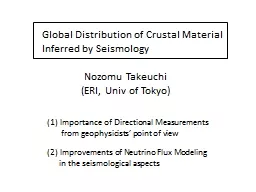
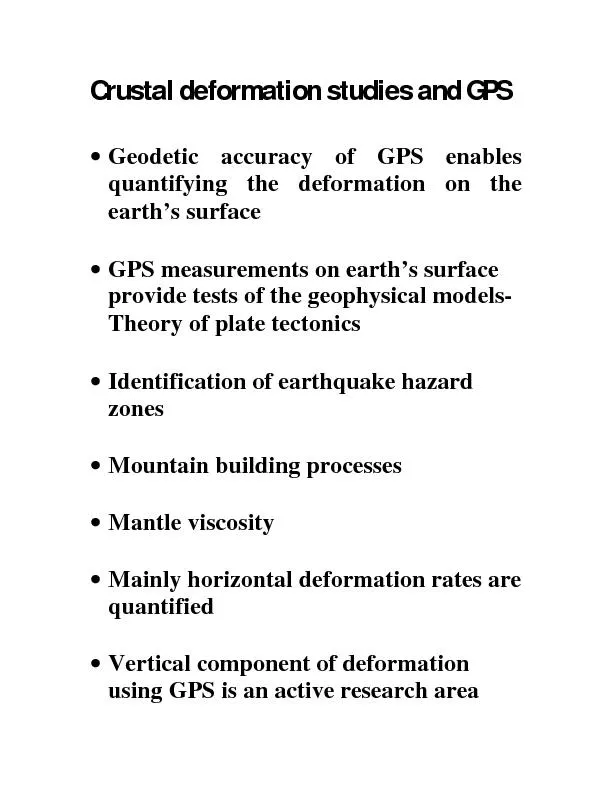
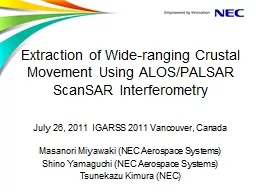
![Material Handling This material was produced under grant [SH22236SH1]from the Occupational](https://thumbs.docslides.com/668343/material-handling-this-material-was-produced-under-grant-sh22236sh1-from-the-occupational-safety-a.jpg)

